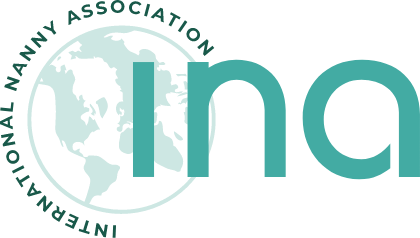As a working nanny, safety is undoubtedly among your top priorities. It’s tough to make sure that young children avoid everyday dangers, let alone unexpected natural disasters like hurricanes and house fires. Keeping the kiddos safe is a year-round endeavor, but in light of September’s National Preparedness Month and Baby Safety Month events, here are a few tips to ensure that your littlest charges stay safe – and feel protected – no matter what comes their way.
Preparing for Emergencies
FamilyCorner.com offers a day-by-day calendar with precautions for National Baby Safety Month, and each is a good refresher for caregivers. Of course, you can’t prepare for everything with a detailed protocol spreadsheet, but you can get close. Don’t rely on parents to provide this information or the items to handle an emergency. Assume you won’t have access to phone numbers and emergency supplies, and plan accordingly. Your preparedness plan should include:
- Names and numbers of local emergency services
- National numbers, such as the one for Poison Control (1-800-222-1222)
- A complete evacuation strategy and/or a shelter for different scenarios, including ones for natural disasters, home invasions, and fires
Don’t forget to sign up for local and national emergency alerts, which can be sent to you via text or email. Along with a plan, you need a physical emergency kit that includes basic first aid supplies, a portable weather radio that doesn’t need to be plugged in, bottles of water, protein, and crackers, and a couple of large towels. Unlike blankets, towels will offer better absorbency if you need it, and they can double as a source of warmth if necessary. If you take care of infants, you will need a comprehensive emergency kit on hand.

Once you’ve secured your safety kit and preparedness plan, discuss your plans with the parents and your charges. Older kids can understand basic safety procedures, but young ones, particularly those aged three or younger, may not grasp the concept of evacuation. The American Red Cross provides a helpful guide to help you talk to children about disasters, so start here if you need tips for getting started.
Nanny Safety Tips at Home
Your chances of experiencing a natural disaster might be slim, but you’re guaranteed to face safety challenges at home on a near-constant basis, especially with younger children. Keep these tips in mind as you prepare each day:
- Check the Childproofing: Don’t assume those cabinet locks still work. Check your childproofing measures regularly, giving special attention to locks, gates and outlet covers.
- Update Your Baby Gear: Car seats, cribs, carriers, strollers and high chairs might become outdated or recalled over time. Keep your baby gear in good shape, and check for recalls regularly to make sure that you’re not exposing your kids to unnecessary risks.
- Put It Away: Toddlers can get into things you might not expect, like medicine bottles or cleaning containers. Swallowing certain adult medications, for example, can be fatal to infants and toddlers, and you may not notice symptoms right away. Store hazardous or toxic items well out of reach, preferably on high shelves and locked away.
More importantly, don’t be afraid to call 911 in an emergency or take your kids to the hospital, especially if you’re not sure of the damage. And it’s just as important to double-check all fire and carbon monoxide alarms. Make sure your family’s alarms are in working order, and see if you can sync the alarm services to your phone. Recent studies have shown that young children are often able to sleep right through the piercing shriek of an alarm, so it can be beneficial to receive text alerts as soon as it’s triggered. Always be vigilant and be prepared to call for help – choking and drowning are common childhood killers, so if you’re near a pool or in an unfamiliar situation (camping, road trips, or even air travel) it’s better to be on guard.
Nannying isn’t for the faint of heart. You need a clear head, cool critical thinking skills and the ability to act quickly in case of emergencies. Plan ahead and discuss with your clients – and your kiddos – ways to improve at-home safety. You never know what’s going to happen day today, but you can take adequate steps to ensure everyone’s safe, calm and cared for.
Beth Kotz is a freelance writer and contributor for numerous home, technology, and personal finance blogs. She graduated with BA in Communications and Media from DePaul University in Chicago, IL where she continues to live and work.
